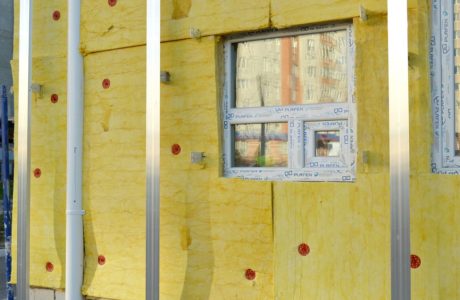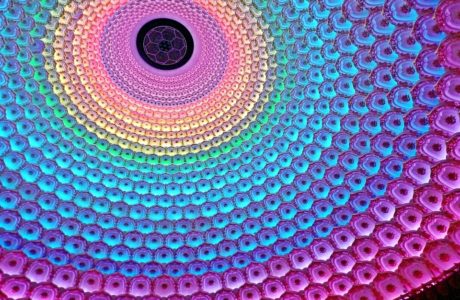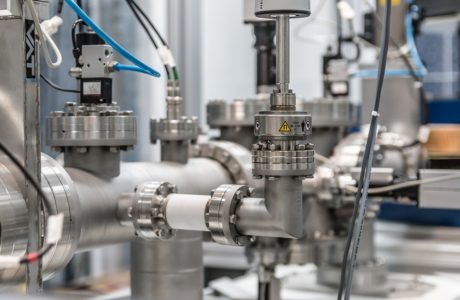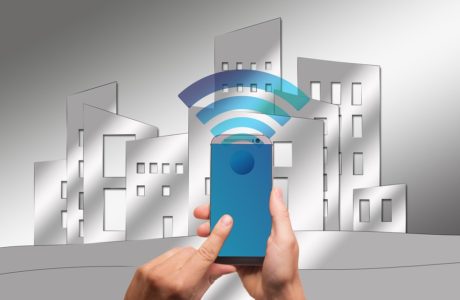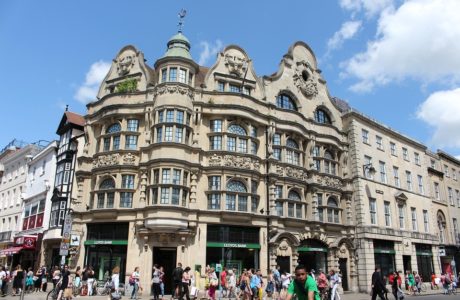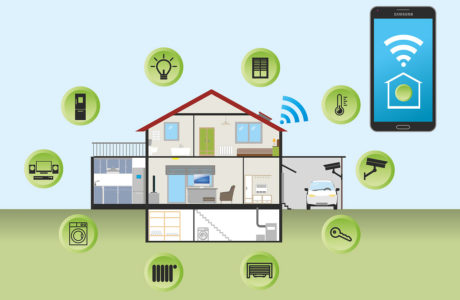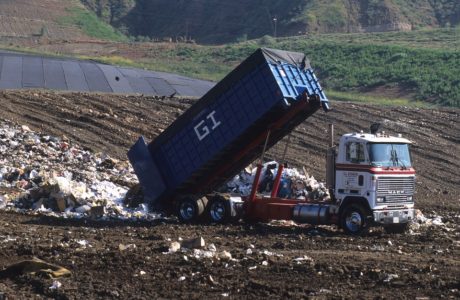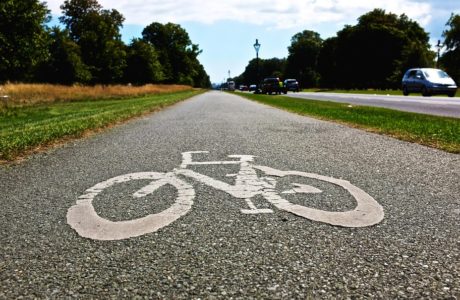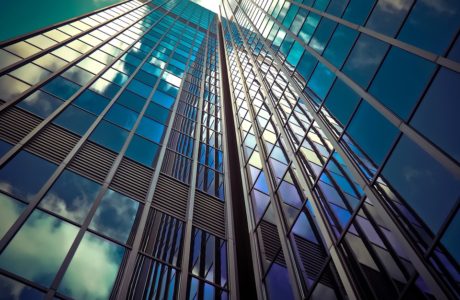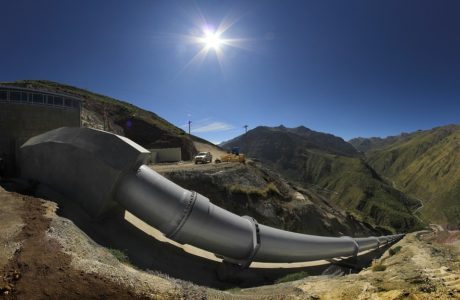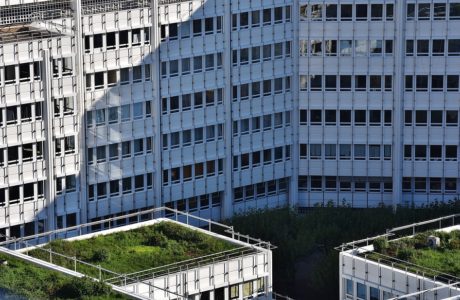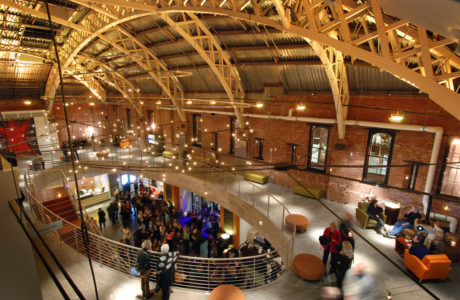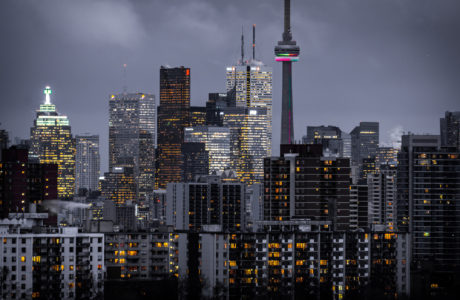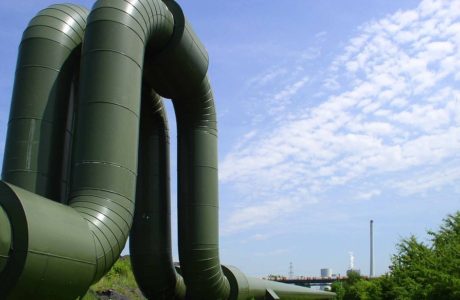
#27 District Heating
Buildings and Cities
With district systems, a central plant channels hot and/or cool water via a network of pipes to many buildings — heating and cooling them more efficiently.
Read more
District Heating
Buildings and Cities
Rank and results by 2050 #27
| Reduced CO2: | 9 gigatons |
|---|---|
| Net cost (Billions US$): | $457.10 |
| Net operational savings: | $3,543.50 billion |
TOTAL CO2-EQ REDUCTION (GT)
Total CO2-equivalent reduction in atmospheric greenhouse gases by 2050 (gigatons)
NET COST (billions US $)
Net cost to implement
SAVINGS (billions US $)
Net savings by 2050
Impact:
By replacing existing stand-alone water- and space-heating systems, district heating can reduce carbon dioxide emissions by 9.4 gigatons by 2050 and save $3.5 trillion in energy costs. Our analysis estimates current adoption at .01 percent of heating demand, growing to 10 percent over the next thirty years. While natural gas is currently the most prevalent fuel source for district heating facilities, we model the impact only of alternative sources such as geothermal and solar thermal energy that will become more prevalent over time.
